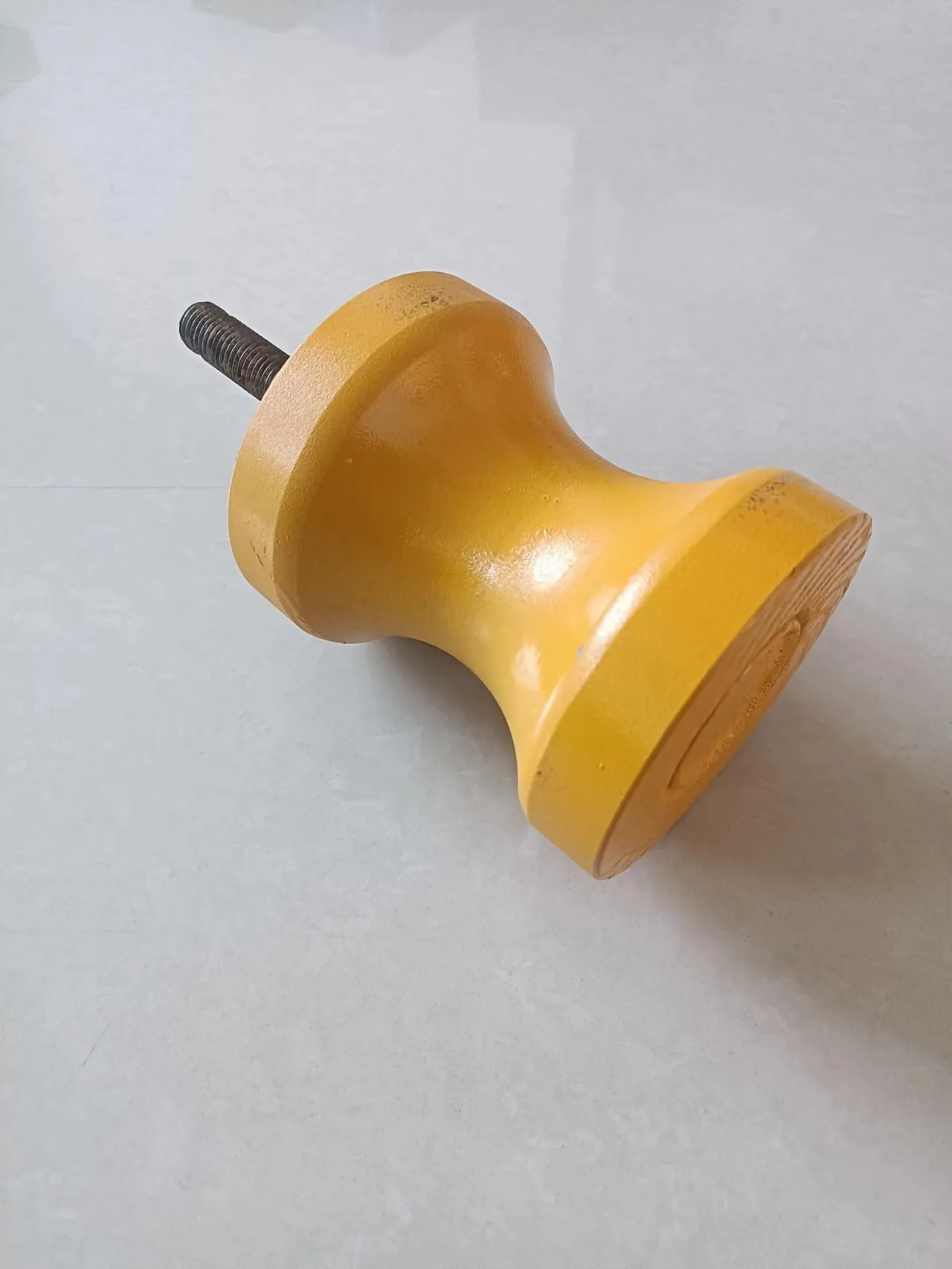 Afrikaans
Afrikaans  Albanian
Albanian  Amharic
Amharic  Arabic
Arabic  Armenian
Armenian  Azerbaijani
Azerbaijani  Basque
Basque  Belarusian
Belarusian  Bengali
Bengali  Bosnian
Bosnian  Bulgarian
Bulgarian  Catalan
Catalan  Cebuano
Cebuano  Corsican
Corsican  Croatian
Croatian  Czech
Czech  Danish
Danish  Dutch
Dutch  English
English  Esperanto
Esperanto  Estonian
Estonian  Finnish
Finnish  French
French  Frisian
Frisian  Galician
Galician  Georgian
Georgian  German
German  Greek
Greek  Gujarati
Gujarati  Haitian Creole
Haitian Creole  hausa
hausa  hawaiian
hawaiian  Hebrew
Hebrew  Hindi
Hindi  Miao
Miao  Hungarian
Hungarian  Icelandic
Icelandic  igbo
igbo  Indonesian
Indonesian  irish
irish  Italian
Italian  Japanese
Japanese  Javanese
Javanese  Kannada
Kannada  kazakh
kazakh  Khmer
Khmer  Rwandese
Rwandese  Korean
Korean  Kurdish
Kurdish  Kyrgyz
Kyrgyz  Lao
Lao  Latin
Latin  Latvian
Latvian  Lithuanian
Lithuanian  Luxembourgish
Luxembourgish  Macedonian
Macedonian  Malgashi
Malgashi  Malay
Malay  Malayalam
Malayalam  Maltese
Maltese  Maori
Maori  Marathi
Marathi  Mongolian
Mongolian  Myanmar
Myanmar  Nepali
Nepali  Norwegian
Norwegian  Norwegian
Norwegian  Occitan
Occitan  Pashto
Pashto  Persian
Persian  Polish
Polish  Portuguese
Portuguese  Punjabi
Punjabi  Romanian
Romanian  Russian
Russian  Samoan
Samoan  Scottish Gaelic
Scottish Gaelic  Serbian
Serbian  Sesotho
Sesotho  Shona
Shona  Sindhi
Sindhi  Sinhala
Sinhala  Slovak
Slovak  Slovenian
Slovenian  Somali
Somali  Spanish
Spanish  Sundanese
Sundanese  Swahili
Swahili  Swedish
Swedish  Tagalog
Tagalog  Tajik
Tajik  Tamil
Tamil  Tatar
Tatar  Telugu
Telugu  Thai
Thai  Turkish
Turkish  Turkmen
Turkmen  Ukrainian
Ukrainian  Urdu
Urdu  Uighur
Uighur  Uzbek
Uzbek  Vietnamese
Vietnamese  Welsh
Welsh  Bantu
Bantu  Yiddish
Yiddish  Yoruba
Yoruba  Zulu
Zulu conveyor belt idlers
Understanding Conveyor Belt Idlers Their Importance and Functionality
Conveyor belts are an integral part of many industrial and manufacturing processes, providing a seamless mechanism for transporting materials from one point to another. At the heart of a conveyor system lies a significant component known as idlers. These seemingly simple parts play a vital role in ensuring the efficiency and reliability of conveyor systems. In this article, we will explore what conveyor belt idlers are, their types, functions, and the importance they hold in the overall functionality of conveyor systems.
What are Conveyor Belt Idlers?
Idlers are the rollers or supports that facilitate the movement of conveyor belts. Located at various points along the conveyor system, idlers help maintain the tension of the belt, control its alignment, and assist in the smooth transport of materials. They are paramount in ensuring that the conveyor belt runs optimally while minimizing wear and tear on both the belt and the system components.
Types of Idlers
There are several types of conveyor belt idlers, each designed for specific applications and functions. The most common types include
1. Carrying Idlers These are the most widely used idlers, located beneath the conveyor belt where the material is loaded. They support the weight of the belt and the materials being transported. Carrying idlers are typically designed to handle heavy loads and come in various configurations, including flat, troughing, and vertical designs.
2. Return Idlers Positioned on the return side of the belt, return idlers support the belt as it returns to the loading area. These idlers ensure that the belt maintains its shape and alignment as it moves back to pick up new materials. They are essential for preventing sagging or misalignment.
3. Impact Idlers Located at the loading zone where materials are dropped onto the belt, impact idlers are designed to absorb the energy from the falling material. This helps to reduce shock and minimize damage to both the belt and the conveyor system.
4. Training Idlers These are used to keep the belt aligned and positioned correctly as it moves along the conveyor. Training idlers help mitigate belt drift, which occurs when the belt shifts off its intended path, causing operational issues and potential damage.
conveyor belt idlers

5. Specialty Idlers In some cases, specialized idlers may be required for unique applications, such as those that handle abrasive materials or operate in extreme environments. Specialty idlers are designed to meet specific industry needs, offering enhanced durability and performance.
Functions of Conveyor Belt Idlers
Conveyor belt idlers serve several important functions
- Support and Load Distribution Idlers distribute the weight of the cargo evenly across the conveyor system, preventing excessive stress on any single component.
- Tension Maintenance Properly spaced idlers maintain the correct tension in the conveyor belt, crucial for efficient operation. Incorrect tension can lead to belt slippage, increased wear, and potential system failure.
- Alignment Control Idlers help keep the belt aligned and prevent unintended drifting, which can cause operational inefficiencies and increased maintenance costs.
- Reduction of Friction Idlers are designed to minimize friction between the conveyor belt and the rollers, ensuring smoother operation and reducing energy consumption.
Importance of Idlers in Conveyor Systems
The importance of conveyor belt idlers cannot be overstated. They enhance the overall efficiency of the conveyor system, prolong the lifespan of the belt, and contribute to the safety of industrial operations. By investing in high-quality idlers and ensuring proper maintenance, companies can achieve improved material handling efficiency, reduced operational costs, and enhanced productivity.
In conclusion, conveyor belt idlers may appear to be simple components, but they play a crucial role in the functionality of conveyor systems. Understanding their types and functions can help businesses optimize their operations and ensure a reliable material transport process. By prioritizing idler maintenance and selection, industrial facilities can greatly enhance their efficiency and productivity in today’s competitive landscape.
-
Revolutionizing Conveyor Reliability with Advanced Rubber Lagging PulleysNewsJul.22,2025
-
Powering Precision and Durability with Expert Manufacturers of Conveyor ComponentsNewsJul.22,2025
-
Optimizing Conveyor Systems with Advanced Conveyor AccessoriesNewsJul.22,2025
-
Maximize Conveyor Efficiency with Quality Conveyor Idler PulleysNewsJul.22,2025
-
Future-Proof Your Conveyor System with High-Performance Polyurethane RollerNewsJul.22,2025
-
Driving Efficiency Forward with Quality Idlers and RollersNewsJul.22,2025





























